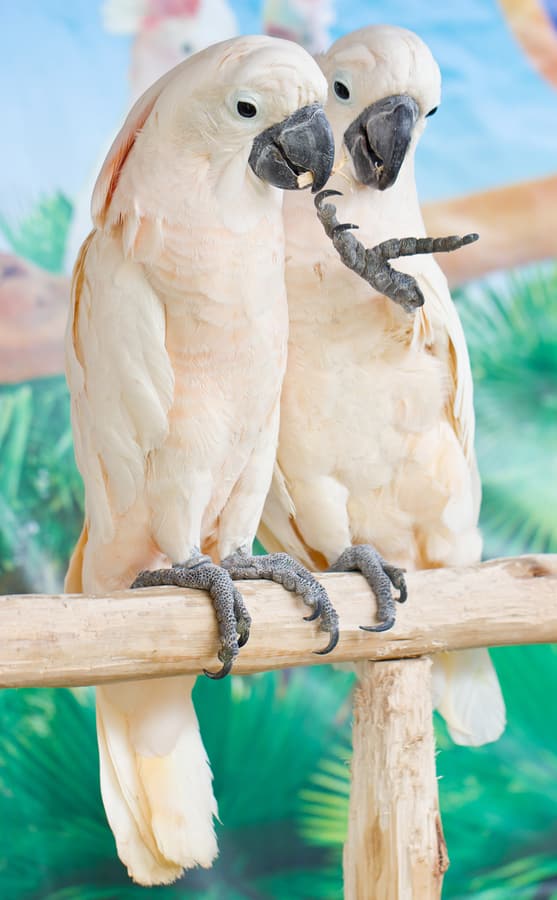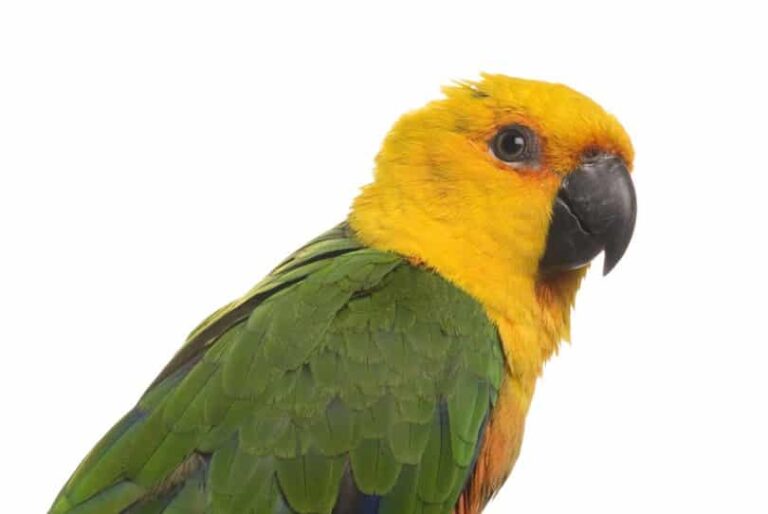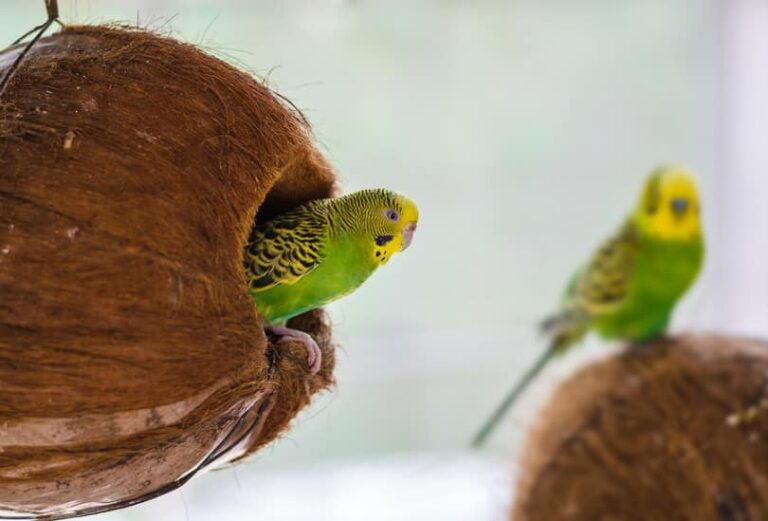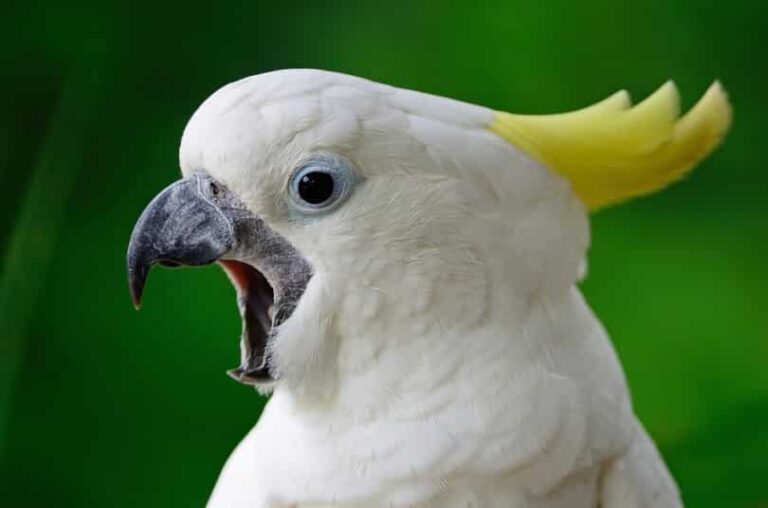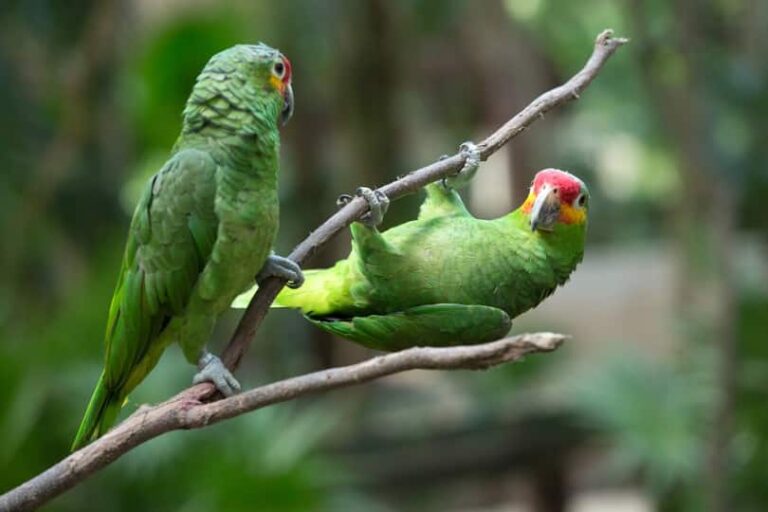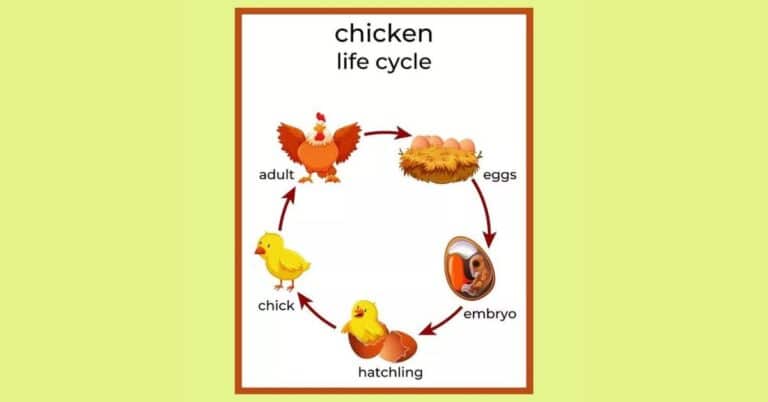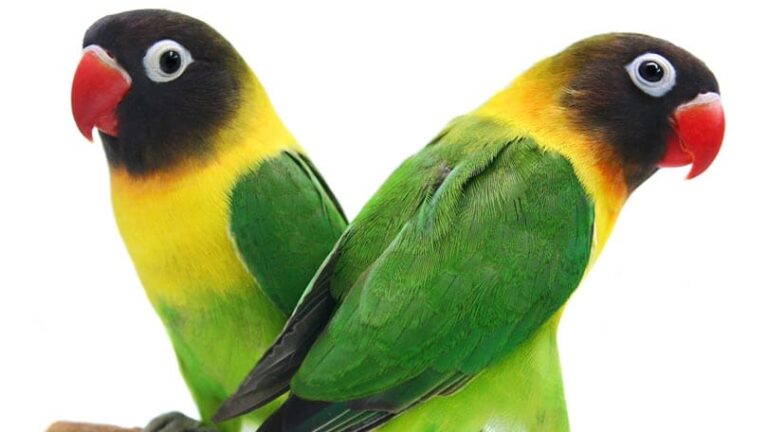Cockatoo
The Cockatoo belongs to a parrot variety of 21 species in the family Cacatuidae the sole family under the super-family Cacatuoidea. The true parrots or the Psittacoidea, and the New Zeeland variety of large parrots, the Strigopoidea, together with the Cockatoos contribute to the order of parrots called the Psittaciformes, Mainly distributed in Australia; you can also find them in the Philippines, in the Wallacea Islands in the East of Indonesia, Solomon Islands and New Guinea. Cockatoo derives from the Malay, Indonesian word that describes these birds, namely, Kaka (k) too, where Kaka is a parrot, and Tua means, “old.”
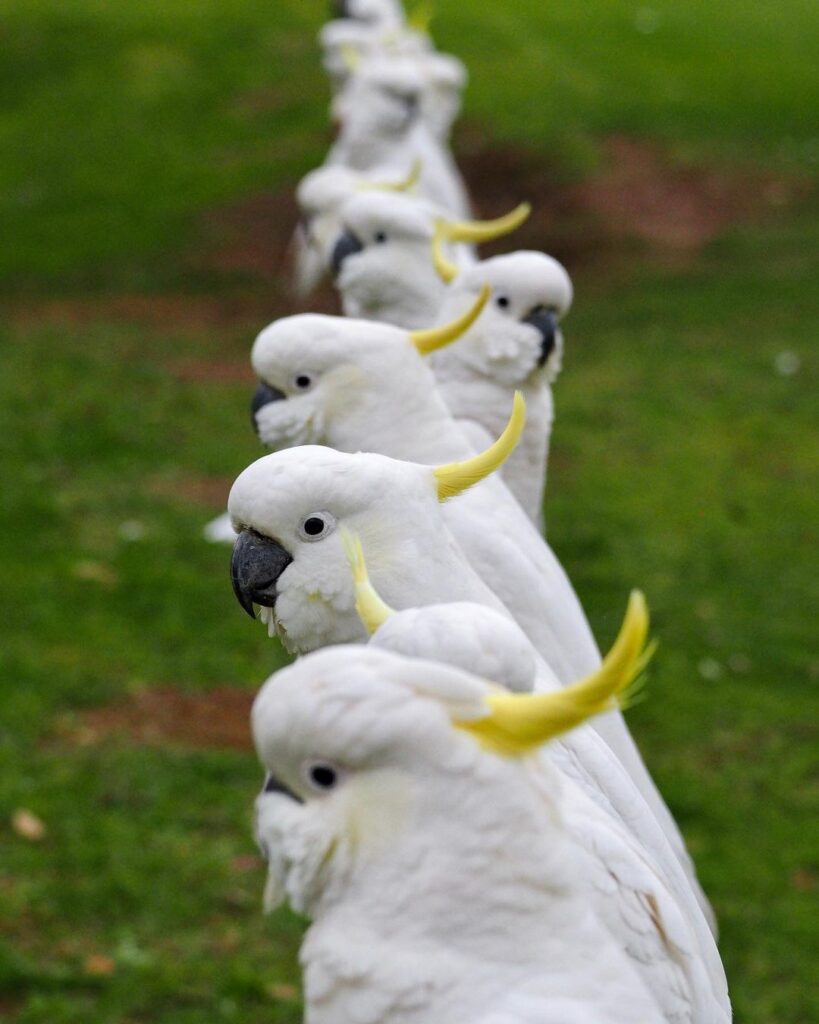
Description
Cockatoos have curved bills and attractive crests, but a little less showy than the plumage of other parrots, because their colors are restricted to gray, white, or black, with their crests, tail and cheeks, sometimes colored. Though these birds appear to be bigger than the other parrots, their smallest species, the Cockatiel, are small in comparison, there being no resolution in its phylogenetic position, except the inference that they may be an early progeny of the ancestry. The rest of the species can be categorized into two distinct clades, one of which is the Calyptorhynchus genus that include the 5 Cockatoos of black color and the other, but larger category belonging to the Cacatua genus, which includes the comprising 15 species of Cockatoos from which 4 are understood to have branched off earlier ( these include the Major Mitchell’s cockatoo in pink and white, the gray galah in pink and gray the palm cockatoo with big black plumes and the gang-gang cockatoo in gray color) and the rest of the 11, being Cockatoos with white plumage.
The Glossy Black Cockatoo
You can find the Cockatoos in wide ranging habitats, including sub-Alpine forests and mangrove regions, but you do not find them universally in every habitat. The Cockatiel and the Gala, the most pervasive (widespread) birds feed mainly on seeds and grass and many consider them as the specialists of the open-country, being both fast and nomadic in nature, When drought threatens their existence, they move to more fertile farmlands in flocks. Cockatoos like the glossy black ones inhabit the rainforests.
The Red Vented Cockatoo
the Shrub-lands, the Alpine forests and woodland areas, while mangroves are preferred by the Red Vented Species of the Cockatoos, who avoid the Luzon regions due to the dearth of mangroves there. Most forest dwellers appear sedentary in nature, due to a more stable, dependable and predictable food source. On the other hand, many Cockatoos have moved to modified habitats in human settlements, busy cities and adjacent farmlands to eke out a living.
Reproduction
Cockatoos breed in long lasting pairs and are monogamous. Most of them, before maturity, prefer to pair up and put off breeding at least for the first 12 months. The females breed when they reach 3-7 years while the males can be a little older. They live in ready-made tree hollows, and are called cavity nesters. They are incapable of excavating on their own and have to depend on the hollows that form as a result of branches falling off the tree or caused by termites and fungi or courtesy of the woodpeckers inhabiting the same range. Some of the larger Cockatoos like the palm cockatoo lay only one egg per clutch, while the smaller cockatoos are known to lay between 2-8 eggs per clutch. Infertility of the eggs is around 20%. Incubation is an activity that the females of the black cockatoos undertake singly and other species share this responsibility between the female and the male. It is interesting to note that the male black cockatoo feeds the female while she is incubating. Most of the young ones have a yellow down at birth, except the palm cockatoo that is born naked. The incubation times of the Cockatoos are different in each species, with the larger ones like the black cockatoos breeding about 29 days while the smaller ones sit sitting about 20 days.
Behavior
Cockatoos live in flocks in the wild, the quantum varying from 8-10 birds and even flock sizes of thousands, The Cockatoo behavior is tailored to their profound need for socialization. In captivity, they demand constant attention and interaction, without which they become bored, resulting in developing bad habits like feather plucking, screaming and the like, that are difficult to correct at a later stage,
Please read below some of the steps to promote good behavior
Keeping a Single Cockatoo
The cockatoo behavior reflects its intelligence, curiosity and need for camaraderie, constantly interacting and playing with its human keepers. It is always better to go for a pair of Cockatoos as they will play with one another, while, having a single cockatoo is a great drain on the time you will have to devote to it.
Keeping a pair
Cockatoos, being very socialized birds, it is advisable, always to keep them in pairs. And if this is not possible, pair it with another bird of approximately the same size. This makes them independent of their owner’s attention for extended periods.
How they react with other pets in the house
You cannot rest assured that the Cockatoo will react favorably with the pets at home like cats or dogs, and you would do well to wait and watch. If you have other small pets like other birds and rodents, please keep them away from your Cockatoo for fear of its strong beak, which, in some cases can turn fatal.
How to Grow at Home
Food
Cockatoos require nutritious food and an opportunity of foraging for food within the cage as their wild counterparts are used to do. Their food should reflect their energetic, cheerful and intelligent disposition, As they forage for seeds \, grain and coconuts in the wild, give them a seed-diet and spice it up with Avi-Cake, Nutri-Berries, pellet berries and the like, to increase their interest foe variety as well as to alleviate their boredom.
Cage
With a thumb rule of three flight wingspans, give them a cage as large as you can manage, because smaller cages may cause them hurt, unless they are out of the cage most of the time with their keepers. A small Cockatoo will need a cage of 70x70x100 cm or 27x27x39 inches, allowing for a good part of the time outside for stretching their limbs and relaxing. Larger Cockatoos must have a much larger cage. To help them to climb, provide strong enough horizontal bars that they cannot move with their strong beaks. Provide also a strong and a lockable door.
Care
Primarily, you must ensure that your Cockatoo has a strong cage, both from the point of preventing escape as well as to protect the cage from the aggressive beaks of your pet. Give them suitable items to chew on. You would do well as an owner to train your Cockatoos properly in the early stages, failing which he/she can be a nuisance, screaming for your attention. Be careful not to give your new pet continuous attention, but restrict your attention intermittently, and provide them with toys and other facilities to acclimatize them to entertain themselves even in your absence.

Having discovered a fondness for insects while pursuing her degree in Biology, Randi Jones was quite bugged to know that people usually dismissed these little creatures as “creepy-crawlies”.

